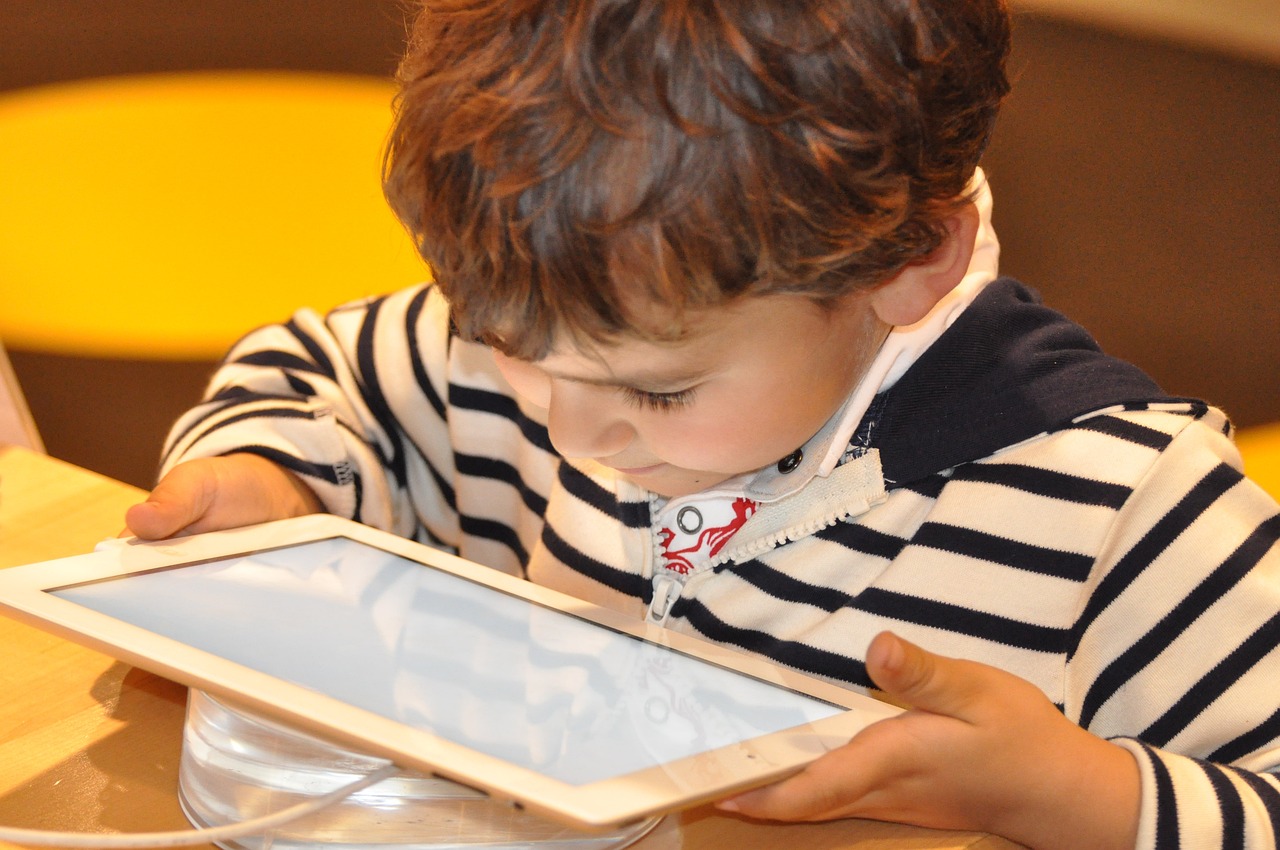YouTube Parental Controls refer to a set of restrictions that parents can activate to manage what their children can watch on this platform. These restrictions help filter out mature content so that children only have access to age-appropriate videos. However, many parents find themselves at a crossroads when trying to navigate these settings due to their complexity or lack of technological know-how.
To begin with, it's important for parents to understand that YouTube uses algorithms based on user activity and video descriptions in an attempt to filter out inappropriate content automatically. Yet, as with any technology-based solution, it isn't infallible and often requires human intervention in the form of parental controls.
Setting up YouTube Parental Controls involves several steps but provides peace of mind once established. First off is creating a separate account for your child using Google's Family Link app. This tool allows you to monitor your child’s online activities and control what they see or don’t see.
Next is enabling Restricted Mode on your child’s account – a valuable feature provided by YouTube designed explicitly for filtering out potentially objectionable content. You can locate this feature in the account settings menu and enable it with just one click.
However, while this mode helps hide explicit content from search results, some unsuitable videos may still slip through the cracks because it relies heavily on user flagging and age-restrictions set by uploaders who might not accurately label their videos.
That's why another measure parents should take is actively monitoring their child’s viewing habits. Although it may seem intrusive, knowing what your child is watching can help you address any potential issues directly and educate them about safe internet use.
Moreover, parents should also consider utilizing YouTube Kids – a separate app created by Google that only hosts kid-friendly content. This platform provides additional parental control options such as setting time limits for watching videos, blocking certain channels or videos, and even disabling the search feature for younger children.
In conclusion, while the process of setting up YouTube Parental Controls might seem cumbersome initially, it's a necessary step in today's digital world to ensure our children’s online safety. With these controls in place, parents can rest assured that their kids are consuming appropriate content and learning from this powerful tool called the internet.

